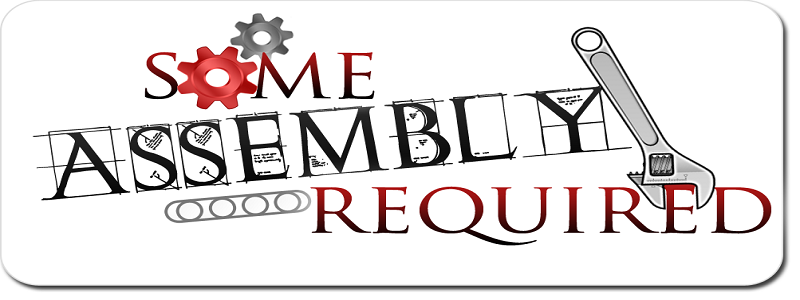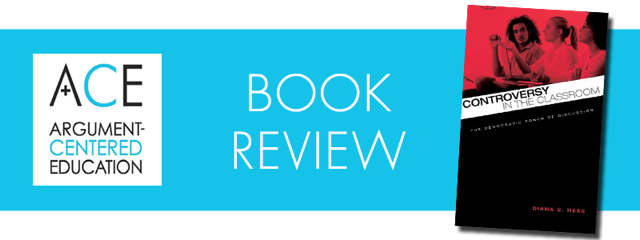Joining the Conversation: Making a Space for Choices and Voices
By Patti Minegishi Delacruz
Those who have taught each grade level of high school will argue for a favorite – and perhaps least favorite – age group to teach. Five years ago, I would have claimed that sophomores are the most challenging group; this age group is arguably at one of the most difficult developmental junctures of their lives. However, this also makes them the most fearless and formative creators of arguments.
Over the years, I have observed how our “Joining the Conversation” unit is the most empowering unit of study for my sophomores in intermediate English, a course that serves a wide and unique range of skill-levels and social identities. This unit focuses on engaging students in argumentative thinking through accessing burgeoning opinions on timely issues, listening carefully to real voices speak on real problems, and developing own argumentative voices through verbal discussions and written products for an audience.
Building an Argument (Not a Wall), Using Templates
Working with one of its middle school partners, Argument-Centered Education recently supported but largely observed an English language arts class building arguments from a single source, on the debatable issue of what U.S. policy should be on undocumented residents. The debatable issue was specifically formulated:
Should the United States offer a pathway to citizenship for the millions of undocumented residents currently living in the U.S.?
This argument writing activity was designed to be brief, its full duration only a few days, so after a short video clip introducing the issue, followed by a think-pair-share discussion emphasizing the factual backdrop and issue-specific vocabulary, students read a single article, from the New York Times Upfront Magazine, from which they were expected to derive most of their evidence, and a good portion of their ideas.
‘Simile-Evidence-Reasoning’ — An Argument-Based Character Analysis Activity
We are probably all very familiar with the Toulmin-based universal argument model of Claim — Evidence — Reasoning. In building our students’ disciplinary literacy, though, all three of these components — as well as the Argument-Centered Education components of “refutation” and “argument evaluation” — can be adapted to subject area specific standards, objectives, criteria, and conventions.
Argument Assembly Activity
On first blush, you wouldn’t think that Sid Fleischman’s 2006 biography of Harry Houdini, Escape!, would be ripe for debatification, particularly as the centerpiece of middle school reading unit. But it turns out to present a solid demonstration that argument can productively organize curriculum far beyond obvious controversial issues.
Argument-Centered Education worked with a middle school partner to argumentalize its five-week unit on Escape! for its English language arts classes, using the five steps.
Controversy in the Classroom – A Compelling Introduction to a Pedagogy that Can Democratize 6th – 12th Grade Instruction
University of Wisconsin – Madison Dean of the School of Education Diana Hess is a national leader in argument pedagogy and civics education (and also an academic partner of Argument-Centered Education). Her first full-length publication, Controversy in the Classroom: The Democratic Power of Discussion (Routledge, 2009), helped make her reputation and forge her current trajectory of influence. In this review we’re going to investigate the close connections between the work’s pedagogical theories and 6th – 12th grade argument-centered instruction.
Professor Hess extols the civic and democratizing importance of structuring argument about controversial issues in middle school and high school. She presents a bevy of evidence for this conviction; one example is the 2003 report from the Carnegie Corporation titled “Civic Mission of the Schools,” which she quotes:
Studies that ask young people whether they had opportunities to discuss current issues in a classroom setting have consistently found that those who did participate in such discussions have a greater interest in politics, improved critical thinking and communication skills, more civic knowledge, and more interest in discussing public affairs out of school. Compared to other students, they also are more likely to say that they will vote and volunteer as adults (28).
Controversy in the Classroom provides an especially vivid quote from a teacher involved in one of the work’s referenced studies, developing the idea that arguing in discussion and taking part in classroom debate is essential for airing out differing ideas and views, and is in some ways a prerequisite for students coming to their own independent thinking on important issues that we teach in our classrooms.






